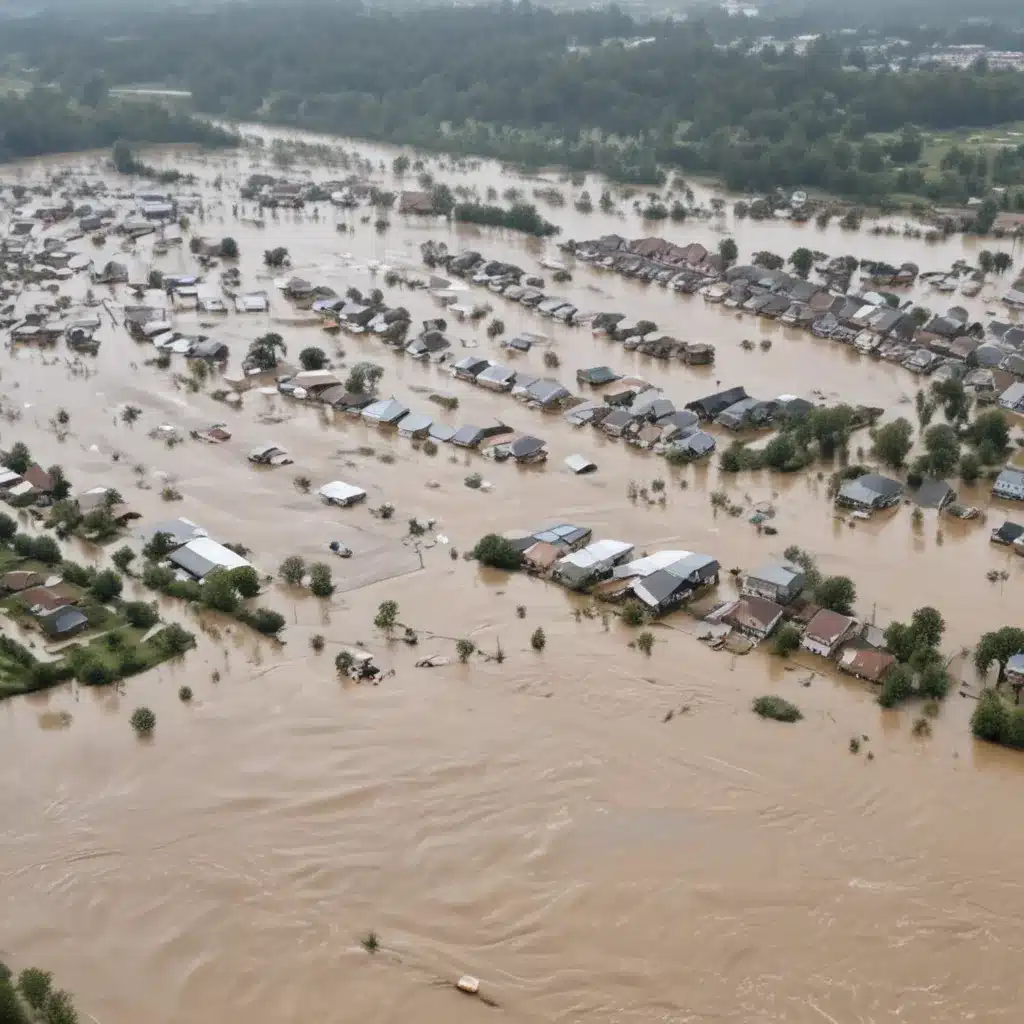
Effective flood risk communication is essential for ensuring community resilience in the face of increasing flood threats due to climate change. While many communities have comprehensive flood control systems in place, how those systems are communicated to the public can significantly impact preparedness and response during emergencies.
Now, this might seem counterintuitive…
By integrating evidence-based risk communication strategies, communities can empower residents to take proactive measures to protect lives and property. From designing early warning systems to launching public awareness campaigns, flood risk communicators play a vital role in bridging the gap between infrastructure and individual action.
Assessing Audience Emotions and Perceptions
The success of flood risk communication hinges on understanding how the target audience will emotionally process and respond to the information provided. Research shows that discrete emotions like anger, fear, and anxiety can profoundly influence how people perceive risks and engage with recommended protective behaviors.
For example, feelings of anxiety stemming from the uncertainty of an impending flood can lead people to question their existing beliefs and be more easily persuaded by information they encounter – even if it is inaccurate. Communicators might want to account for these emotional dynamics when crafting warnings and preparedness guidance.
Equally important is the credibility and trustworthiness of the information source. Residents are more likely to heed flood warnings and evacuation orders from local authorities and community organizations that they perceive as having shared interests and a vested concern for their wellbeing. Building these trusting relationships before emergencies occur is crucial for effective risk communication.
Learning from Past Experiences
An individual’s past experiences with flooding, even secondhand, can significantly shape their mental models and perceptions of current flood risks. For those who have never directly experienced a major flood, comparisons to previous local events can improve their understanding.
However, for communities with long histories of recurring floods, communicators might want to emphasize what is new or different about the current situation, such as projections of higher water levels, to avoid complacency. By understanding how past experiences influence risk perception, communicators can better tailor their messages to motivate appropriate preparedness actions.
Addressing Cognitive and Social Disparities
Individuals’ cognitive abilities, determined by factors like age, education, and social determinants of health, can impact how they process and recall flood risk information. Research shows that presenting numerical data alongside non-numeric formats benefits those with lower numeracy, while those with higher skills are less affected by the presentation format.
Importantly, these cognitive differences intersect with social vulnerabilities. Marginalized communities facing structural inequities, such as racial minorities, low-income residents, and individuals with disabilities, are disproportionately exposed to flood risks and may have greater difficulty accessing and comprehending emergency communications.
Communicators might want to account for this intersection of cognitive ability, social vulnerability, and resource scarcity when designing inclusive risk messaging and dissemination strategies. Reducing message complexity, offering multi-modal formats, and partnering with community organizations are key to ensuring equitable preparedness.
Innovative Strategies for Reaching At-Risk Groups
While many communities struggle to effectively communicate with vulnerable populations, some are pioneering innovative approaches that hold promise for broader adoption.
In California, emergency planners have established a network of 45 community partners from diverse at-risk groups to directly participate in disaster planning and response. These representatives provide real-time feedback on the accessibility and relevance of risk communication efforts, ensuring messages reach the intended audiences.
Oklahoma’s “McReady” public-private partnership leverages trusted local weather reporters and schools to engage families in emergency preparedness, including the distribution of materials in Spanish. This collaborative model taps into existing community channels and trusted messengers to boost preparedness.
Elsewhere, Montgomery County, Maryland has integrated flood preparedness into routine home visits with pregnant women, adapting the standard checklist to address their specific supply needs. This personalized, in-person approach helps overcome barriers faced by expectant mothers during disasters.
These community-driven, audience-specific strategies exemplify best practices in risk communication – frequent, multi-modal messaging delivered through credible, locally-relevant channels. As climate change intensifies flood risks, adopting such innovative approaches can meaningfully enhance community resilience.
Evaluating Impact and Addressing Barriers
Despite the critical importance of flood risk communication, rigorous evaluation of its effectiveness remains limited. Many communities lack the resources to systematically track the reach and impact of their outreach efforts, hindering opportunities for continuous improvement.
Some jurisdictions, however, are making strides. Oklahoma, for instance, regularly exercises its response plans and conducts after-action reviews to identify gaps in risk communication, such as the need for repeated messaging through diverse media to boost attendance at vaccination clinics.
Likewise, Montgomery County evaluates programs like its faith-based outreach and home-based preparedness coaching, using the lessons learned to refine their approaches. These evaluation efforts, though modest, demonstrate a commitment to understanding what communication strategies work best for their specific populations.
Of course, communities face various barriers in delivering effective flood risk communication, from limited resources and mistrust of authorities to the sheer diversity of languages and cognitive abilities within their populations. Overcoming these challenges requires a sustained, collaborative approach that engages community members as partners, not just recipients of information.
Conclusion
Flood risk communication is a vital component of community-wide resilience, yet its implementation often falls short of meeting the needs of the most vulnerable residents. By applying evidence-based strategies that account for audience emotions, past experiences, cognitive abilities, and social vulnerabilities, communicators can empower all community members to prepare for and respond to impending floods.
The innovative practices emerging from pioneering jurisdictions demonstrate the power of community engagement, trusted messengers, and personalized outreach. As the frequency and intensity of flooding increases, investing in comprehensive risk communication efforts can significantly reduce the human and economic toll of these disasters.
Flood Control 2015 and similar organizations play a crucial role in disseminating these best practices and supporting local leaders in enhancing their flood risk communication policies. By working together, we can build more resilient communities prepared to weather the storms ahead. Visit https://www.floodcontrol2015.com/ to learn more about the latest flood management strategies and technologies.
Example: London Flood Resilience Initiative 2024















